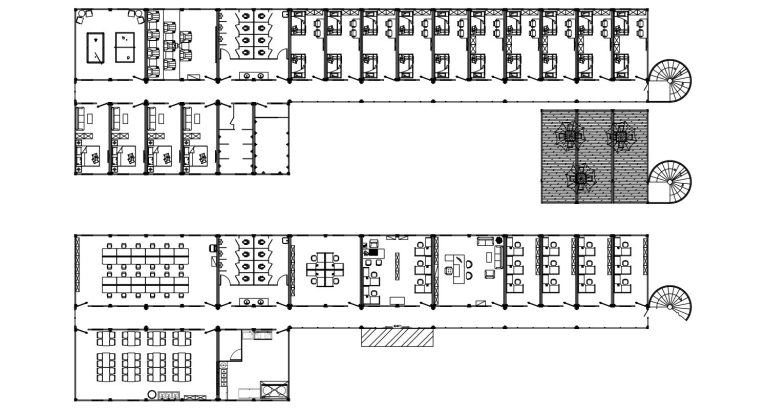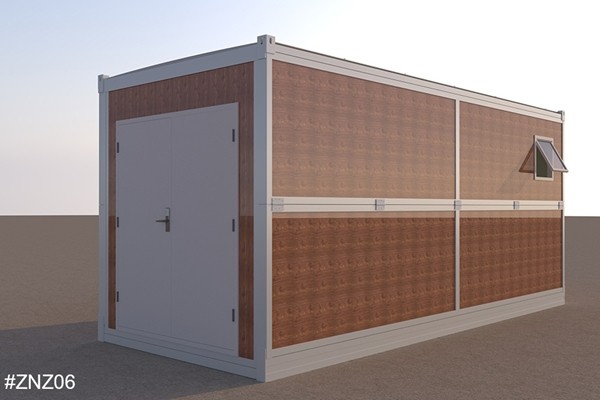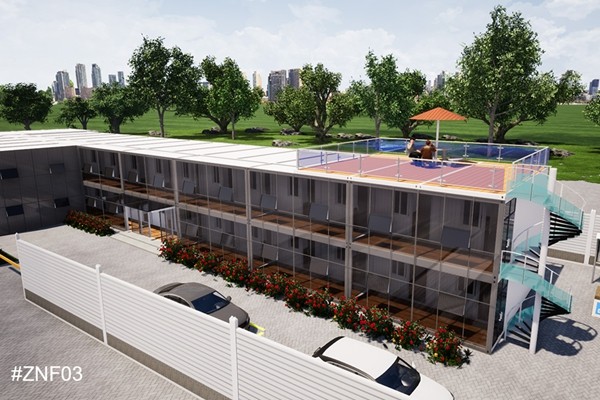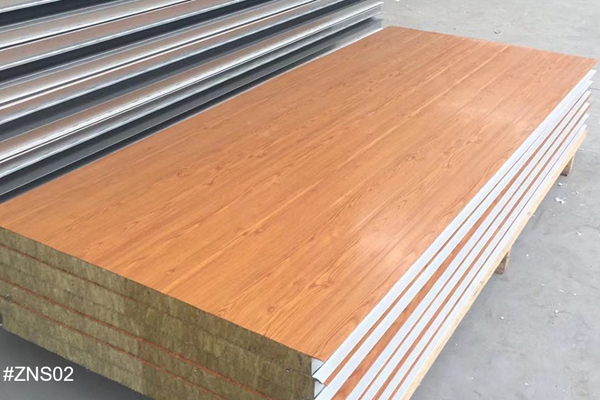container house cost
The cost of container houses has been gaining attention in recent years as more people explore sustainable living options. This burgeoning trend is not merely a flash in the pan; it reflects substantive shifts in architectural design and ecological consciousness.
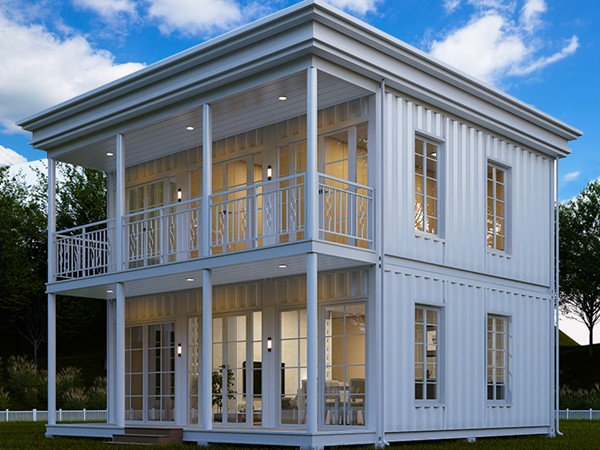
Container houses, as the name implies, are homes constructed using shipping containers. These steel boxes, originally designed to withstand the harsh conditions of sea transport, are now being reimagined into modern, sturdy living spaces. The allure of these homes lies in their unique blend of durability, flexibility, and affordability. However, the true cost of building a container house extends beyond the price of the containers themselves. It encompasses several facets, including preparation, customization, and compliance.
At the core of a container house's affordability is the low cost of materials. Often, a used shipping container can be purchased for as little as $1,500 to $3,000. This price varies based on condition, size, and location. Typically, containers come in two sizes 20-foot and 40-foot, with the latter offering double the space, albeit at a proportionally higher cost. Although attractive, these initial savings must be weighed against several accompanying expenses.

The transformation of a steel box into a habitable dwelling requires considerable modifications. Insulation is paramount to maintain comfort and energy efficiency throughout the seasons. Given that steel is an excellent conductor of heat, containers can become unbearably hot in summer and freezing in winter. The cost of insulating a container home ranges widely depending on the chosen materials, from basic fiberglass to more advanced spray foam solutions that can prevent thermal bridging—an essential consideration for sustainable living.
Beyond insulation, windows, doors, and ventilation systems must be installed to meet building standards. Each of these additions incurs costs, with pricing heavily dependent on the specific brands and styles selected. Customization often makes up a significant portion of expenses, ranging from $50,000 to upwards of $200,000, particularly if high-end finishes or cutting-edge technologies are desired.
Another crucial element influencing cost is site preparation. Before placing the containers, the building site must be adequately prepared. This may involve leveling the ground, laying foundations, and connecting utilities like water, electricity, and sewage. Depending on the location, this could add several thousand dollars to the total budget.container house cost
Regulatory compliance also plays a pivotal role in determining final costs. It's essential to secure all relevant permits and adhere to local zoning laws and building codes. The cost of permits can widely fluctuate based on jurisdiction and project size. Additionally, engaging with architects and structural engineers who specialize in container homes is vital to navigating these regulations efficiently—a step that, while necessary, adds to architectural and consultation fees.
Labor costs, a variable contingent on complexity and region, are another aspect to consider. While some individuals opt for a DIY approach—potentially saving thousands—many choose to hire professionals versed in container modifications, ensuring safety and structural integrity. Engaging experts in this niche can often lead to better efficiency and fewer costly mistakes.
An investment in a container house is not just financial. It requires a commitment to a distinctive lifestyle and a progressive attitude towards construction methods. The benefits, however, can be substantial. Container houses are praised for their eco-friendliness; reusing discarded containers helps reduce the environmental impact, while their compact nature promotes minimalist, efficient living.
As more people explore container houses, it becomes crucial to consider lifecycle costs, not just upfront expenses. Maintenance, while generally low, should not be overlooked. Regular inspections for rust and corrosion are necessary to preserve structural integrity over time, and additional exterior treatments like specialized paint or siding may increase longevity, adding another layer of cost.
In summary, while the initial allure of container homes is their cost-effectiveness, understanding the complete financial landscape is essential. The expense of insulating, preparing, and personalizing these structures, alongside compliance with regulations and maintenance, plays a significant role in dictating the total investment. Savvy consumers will balance these considerations with sustainability goals and their desire for unique and innovative living spaces. Ultimately, a container home can represent a harmonious blend of affordability, sustainability, and modern design—but only with a clear-eyed understanding of all associated costs.

